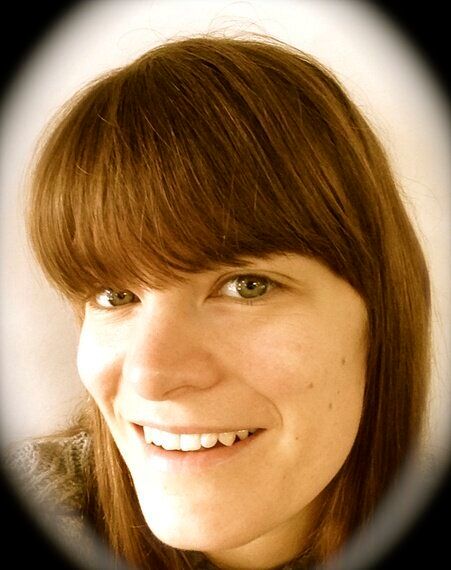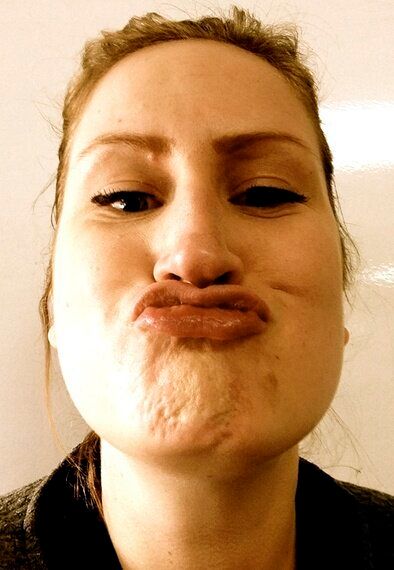Arm carefully out of shot? Eyes artfully averted from the camera? Brooding/coy/worried/gurning expression? You've just owned the selfie.
Once, taking a photo of yourself and uploading it to your preferred social media profile was the favourite activity of both lower-echelon celebrities courting fans and emo teens.
But in recent weeks, much ado has been made about this humble mugshot, which has even made it into the dictionary - and the selfie's full potential has been realised.
First, there was the Oscars selfie, sponsored by mobile giant Samsung, and featuring some of Hollywood's biggest stars. Next, women's bare faces were all over Facebook and Twitter, raising millions of pounds for cancer charities.
In case you missed it, women have been encouraged to post make-up-free selfies on social media, with the hashtag #nomakeupselfie, while simultaneously making optional £3 text donations to cancer charities. Much like this:

Photo by: Protect Your Bubble
In just 48 hours, £2million had been donated. So successful has it been that the make-up free selfie has been lampooned by fellas in make-up, keen to join in the fun, and the #manupmakeup selfie was born.
Chaps plastered in fake tan, lipstick and mascara have taken the internet by storm, with donations being made for prostate cancer charities. Much like this fine-looking specimen:

Photo by: Protect Your Bubble
Scary? Not as scary as Sellotape selfies, where participants wrap sticky tape around their faces, distorting their features to both hilarious and grotesque effect. Here's a particularly stunning example:

Photo by: Protect Your Bubble
Naturally, selfie denigrators have been out in force, getting sniffy about whether this form of viral narcissism should be associated with cancer awareness, or whether it's just completely off topic.
The selfie is ripe for ridicule, it's true. Self conscious and knowing, the selfie is unashamedly about posing and pouting and attention seeking. How else would Z-list celebs garner any attention if they didn't have the means to self-publish?
But critics are missing the point. Yes, selfies started as a self-indulgent form of expression - the embodiment of vanity. But now they are being tapped up for their commercial and comedy value. Put simply, they make people laugh (at themselves and each other) and, in doing so, they boost donations for worthy causes.
And, more to the point, since when does charity fundraising have to be on topic? The last time I checked, running marathons, climbing Kilimanjaro, dragon-boat racing and sitting in bathfuls of baked beans had very little to do with raising awareness for diseases either. We do these things because they inspire people to give to the charities we choose to help - and for the personal challenge.
So let's not worry about how money is raised, and instead look at how much is raised.
Selfies are going viral because a) the majority of us have smartphones with cameras b) they make people laugh and c) friends nominate other friends to take part. The word spreads and, hey presto, our gurning faces are everywhere. The cost to charities is nil and their profiles get a big boost, as well as the obvious benefits from monetary donations.
So, for now, the selfie reigns supreme. If you're feeling particularly daring, you could follow in the footsteps of Cheryl Cole and Kim Kardashian, and try a belfie (bum selfie). Or, slightly tamer, is the 'uglie', with celebrities such as Ricky Gervais, and model Cara Delevingne perfecting their best pig noses, cross-eyed stares and 'toads'. I'll leave you with this example of an uglie:

Photo by: Protect Your Bubble
